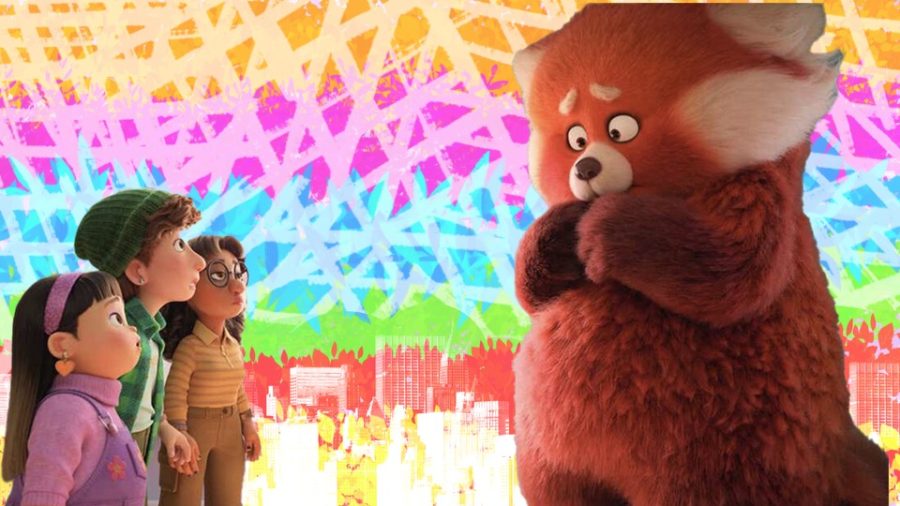Pixar’s new movie “Turning Red” is described by director Domee Shi as an “Asian tween fever dream” and the film is exactly that, but in a good way.
*SPOILERS AHEAD*
The movie follows main character Meilin Lee (voiced by Rosalie Chiang) who is a 13-year-old Chinese Canadian teenager who faces the challenge of trying to please her overprotective mother, Ming Lee (voiced by Sandra Oh) and finds herself hiding certain parts of herself from her. This all changes when Meilin discovers she can turn into a big red panda whenever she feels strong emotions.
The film does an excellent job capturing the many underlying messages of what a teen girl goes through with puberty, trying to find/express themselves, and seeking independence. While also capturing how a parent/daughter relationship changes as they go through their adolescent years.
This film will have you laughing, crying because Meilin and her teen experience are extremely relatable.
Besides the story of the film, the cinematography in the movie is phenomenal. “Turning Red” is animated in a different style than their traditional movies, but it still has a Pixar feel.
This different style includes having more of an anime inspiration with the characters having “kawaii” eyes whenever something is too cute, the intense sweating scenes of Meilin, and the introductory scenes with her friends.
“Kawaii” is the culture of cuteness in Japan and can refer to humans or non-humans.
The movie also does a great job highlighting the truthfulness behind being in a Chinese family and, because of this, “Turning Red” captures the culture very well.
In the movie, Meilin’s overprotective mother has high expectations for her daughter.
“I do make my own moves, it’s just that some of my moves are also hers,” Meilin said, referring to her mother.
Her overprotective mother pressures Meilin to be a straight-A, overachieving student and a respectful daughter to her parents at all times. This catches the essence of being in an overbearing Chinese family that many people can relate to regardless of their culture.
The film also accurately represented Chinese culture with the portrayal of Chinatown, the Lee family’s temple, and the Chinese cuisine animations which included dumplings, porridge and other main dishes. The movie also does a good job focusing on little details in Chinese culture with the wooden beaded seat comforter Meilin’s mother has in her car, Meilin’s Tamagotchi, an elderly individual doing tai chi and playing chess at her family’s temple, and the outfits both her dad and mother wore.
Overall, this movie is a must-watch that many teen girls and parents can learn and relate to. It shares the importance of entering adulthood and the struggles that come with it.








